October is almost here, but not quite here, so I can’t get into my rants on ghost hunters, weather people, and SB-7 ghost boxes. I’m counting the days, though. Do you know of an interesting paranormal happening in this area? I ask this because I stay one step ahead of the journalists who ask the historical commission for leads on spooky stories; the commission refers them to me. I know that some of you have stories to tell. The Rougarou? The light on Bragg Road? Your mother-in-law coming back to continue tormenting you? It’s all good. DM me or email me at rediscoveringsetx@gmail.com.
Last week, I mentioned Deputy John E. Hutcheson. On Wednesday, he finally received a headstone in a ceremony at Magnolia Cemetery. Thanks to Operation Blue Remembrance for making this happen and to the Jefferson County Sheriff’s Office for being present. I also credit fellow Jefferson County Historical Commission member Kate Hambright for the photos and her research on the history of some of the Beaumont Police Department officers who paid the ultimate price while protecting citizens. Finally, kudos to 12 News Now and Fox 4 Beaumont for attending. I’ll add their videos at the bottom of this blog.
Unfortunately, I could not attend the memorial service because I needed to go to a meeting that required a quorum. Since it wasn’t on the agenda, I couldn’t bring it up, but I would like to note that you can’t spell “quorum” without “rum,” and since Monday 19 was Talk Like a Pirate Day, we should maybe add refreshments to future meetings—perhaps more members would show up. I digress.
Afterward, I headed to Magnolia Cemetery for another meeting and to look for another fellow researcher’s person of interest buried there. I did find her, and the backstory is not good. When you start researching people, you never know what you’ll find. Sometimes, you become intrigued with the person, and you can get obsessed with finding the truth about them. I have my own obsessions, including Susie Spindletop, the Rowleys, Catherina Stengele, and Hugo DeBretagne. All these projects are ongoing, but I feel farther away from the Hugo DeBretagne one in terms of learning more about his life. Before I go any further, here is a description of what I know and how this journey began.
While walking through Greenlawn Cemetery in Groves one mid-August morning in 2015, I came across a monument erected by the American Legion Auxiliary. Surrounding the stone memorial, which carried the inscription “They gave their lives that freedom shall not perish,” were the graves of several veterans. Most of them survived the conflicts of World War I, World War II, Korea, and Vietnam, and they went on to lead healthy lives with their loved ones. However, there was one memorial that differed from the rest. Corporal Hugo J. DeBretagne, it seems, paid the ultimate price for his country and never returned. The inscription on his headstone reads:
In memory of Hugo J. DeBretagne, CO D 1st Bat. 2nd Marines. Killed at Tarawa. Buried at sea. Oct. 13, 1923–Nov. 23, 1943.
I now know that his mother was there in 1945 to dedicate this monument to the fallen. At the time, her name was Berthe Toch DeBretagne; she passed in 1985, and her headstone reads Berthe Toch Hay. As far as I know, she was born in Belgium and came to this country as a war bride (as some would say). Her husband was Hugo Stanislaus DeBretagne, a World War I veteran; they had three boys—Hugo J., James, and Bert (who died the same year of his birth).
Both James and Hugo J. fought in Guadalcanal, but there is little about their experiences. I know that James made it through the war and settled back in SETX. He died in 2008 and is buried in Hardin County. Hugo DeBretagne gave his life on D-day three of Operation Galvanic. It was the final day of the Battle of Tarawa, and only his comrades know what happened. I have all sorts of information about Hugo, including the ship he was on, maps, and war diaries, but nothing that his mom would want, except that he was buried at sea. I grab any photos pertaining to the Battle of Tarawa just in case some young kid with the last name DeBretagne is in them.
One day, I hope to learn Hugo Joseph DeBretagne’s story, but research takes a lot of time. As far as Susie Spindletop goes, I’ve done eleven years of research, and it comes in sections. In the end, I suspect that Florence adds to her story when something needs to be found; then, new information comes up regularly. The Rowleys will never be forgotten because there are so many wormholes to go down, and I think this family deserves to be recognized.
Until next time.
12 News Now:
Fox 4 Beaumont:


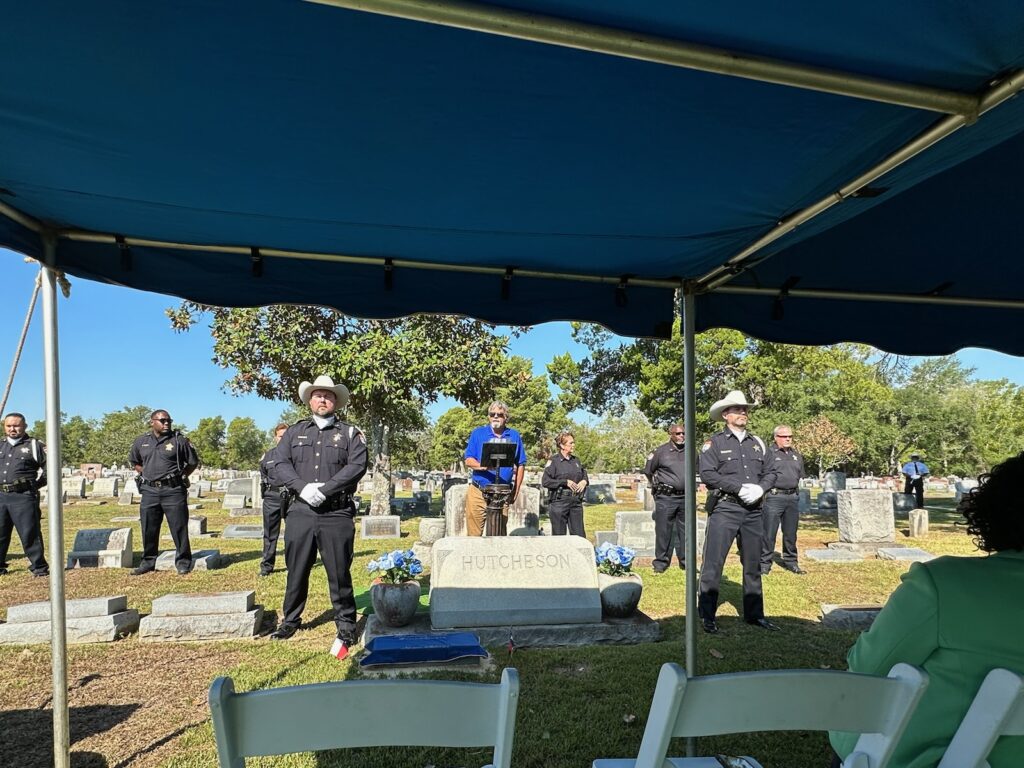
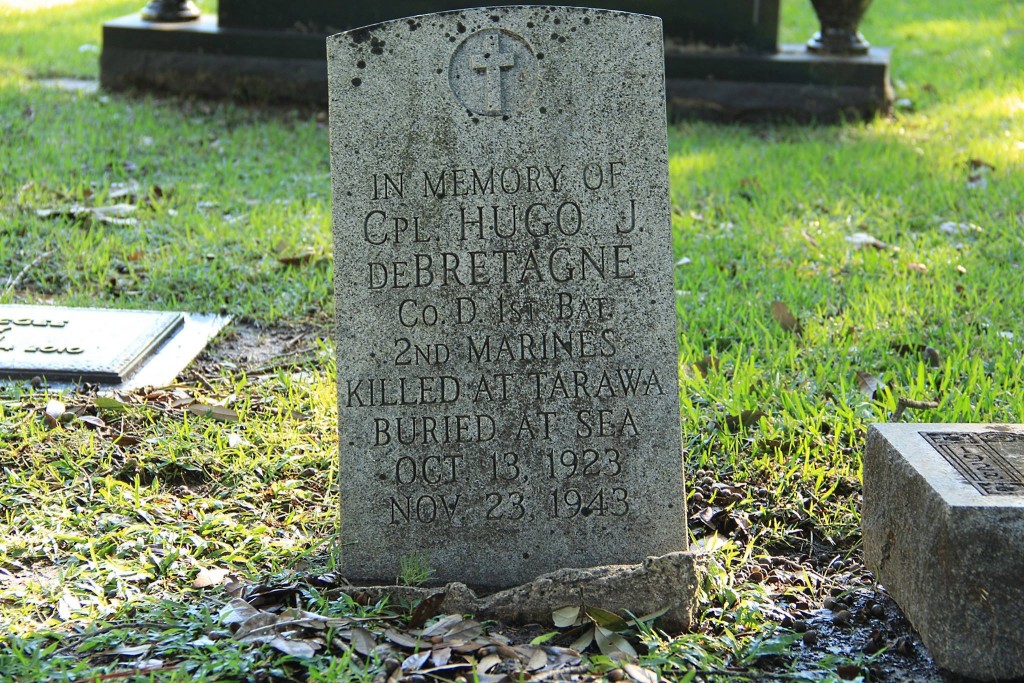
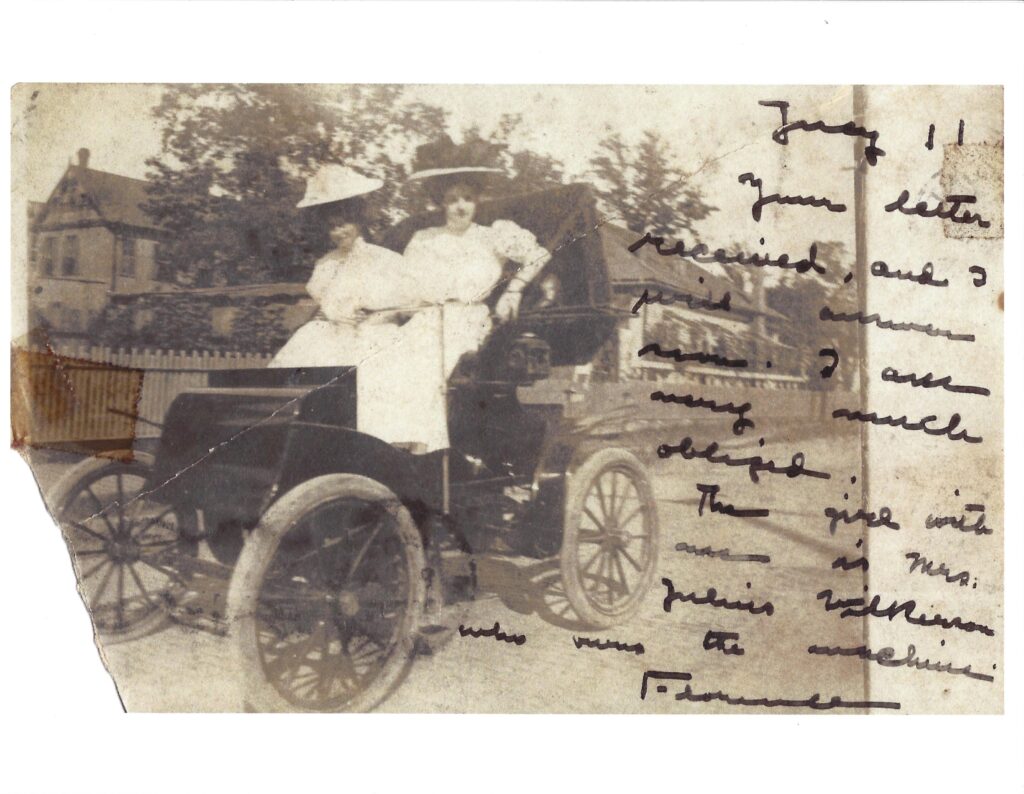
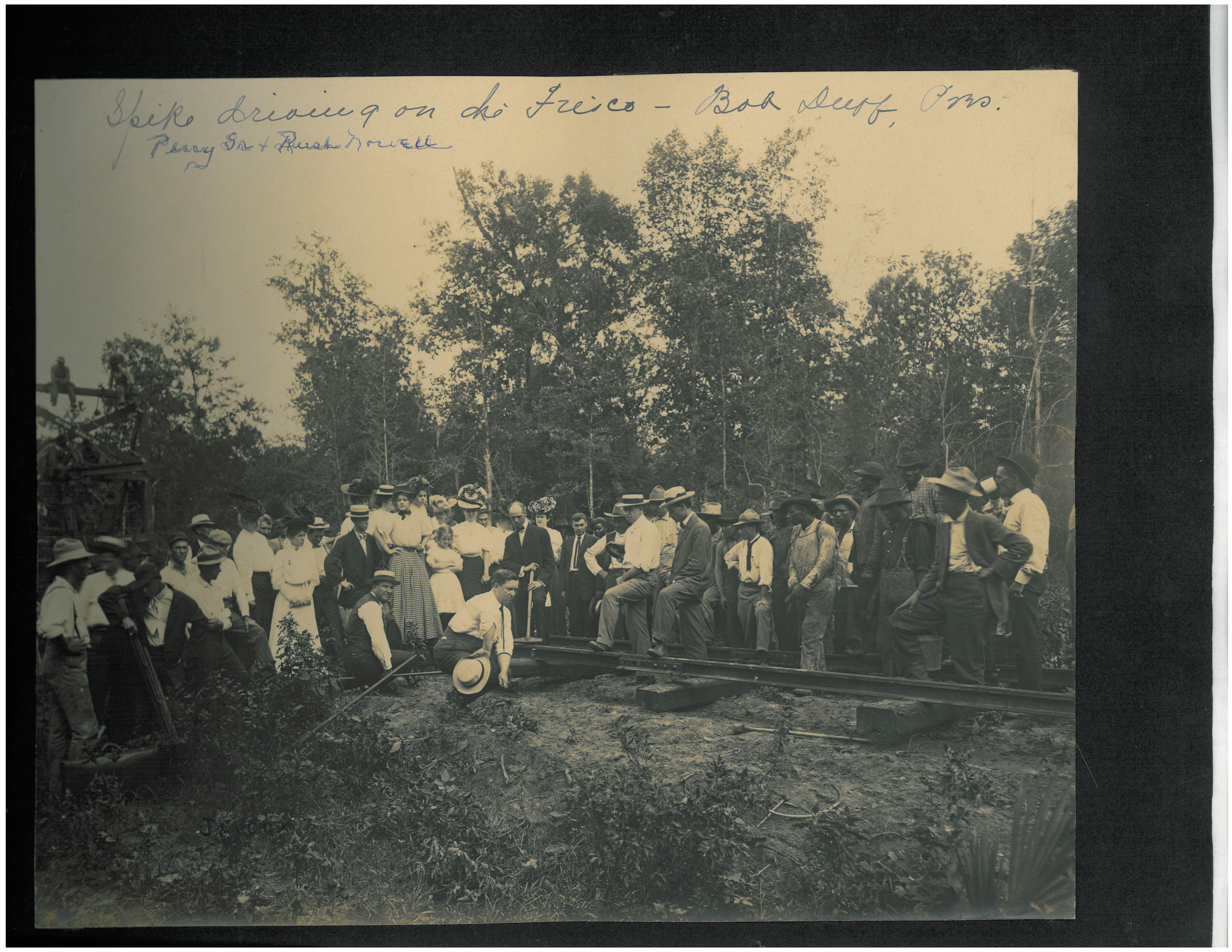
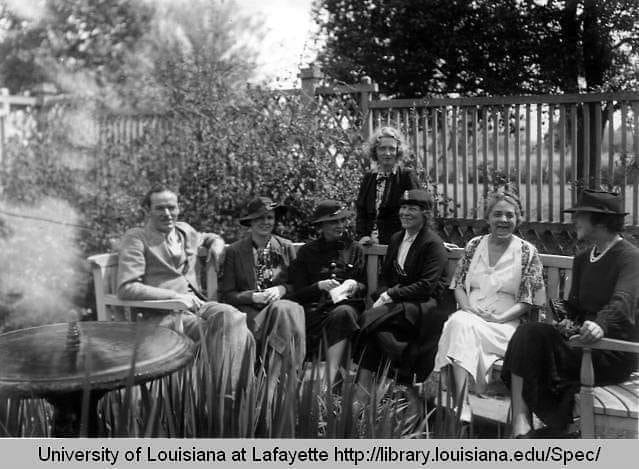
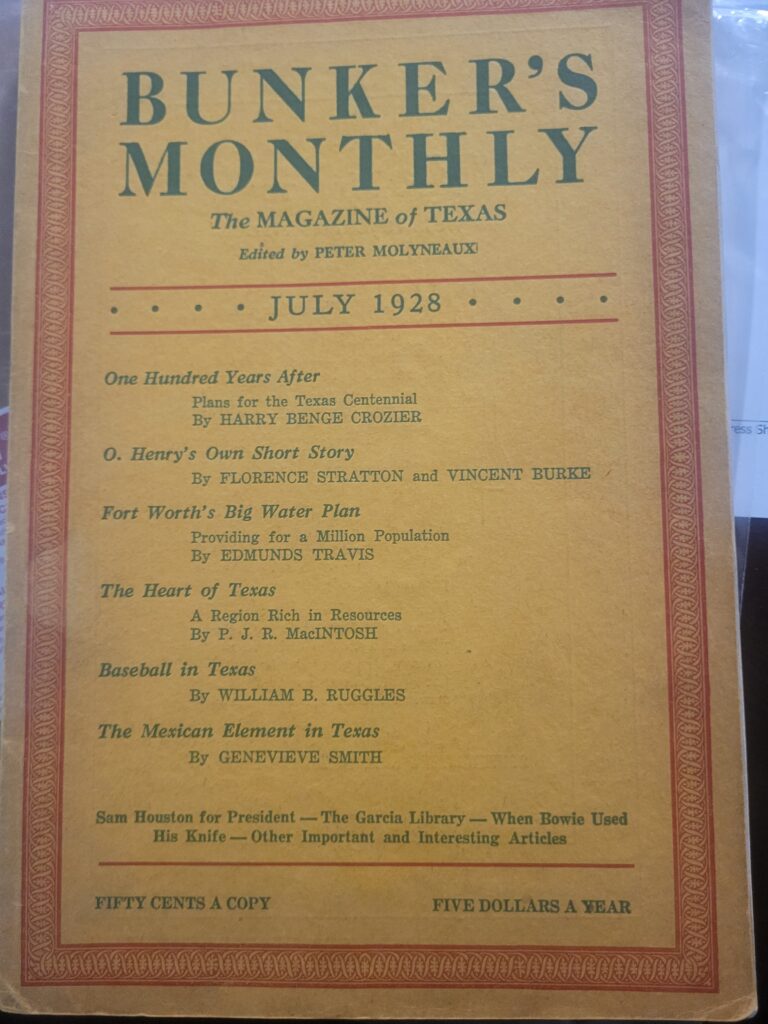


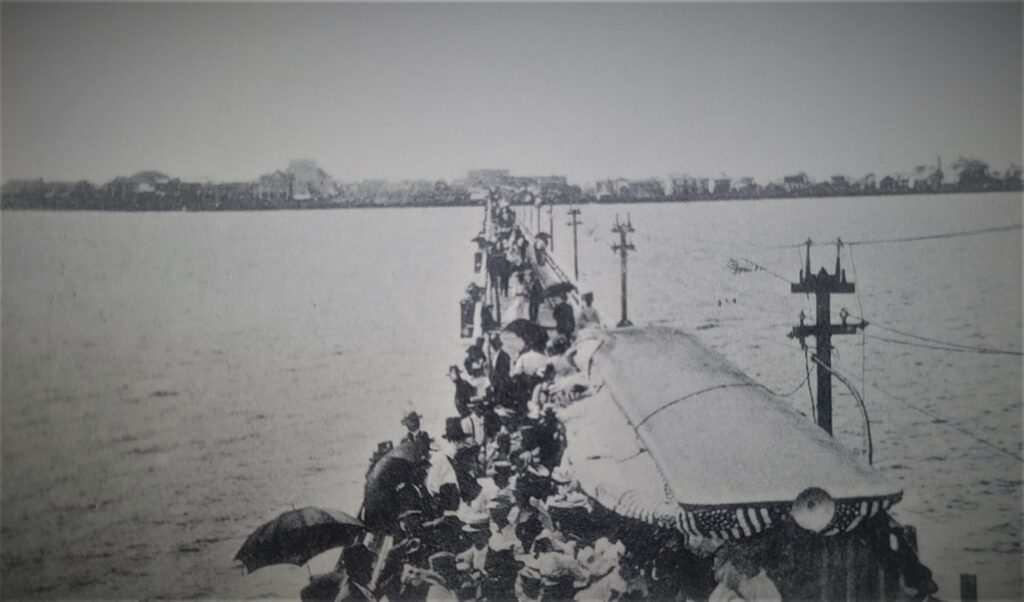
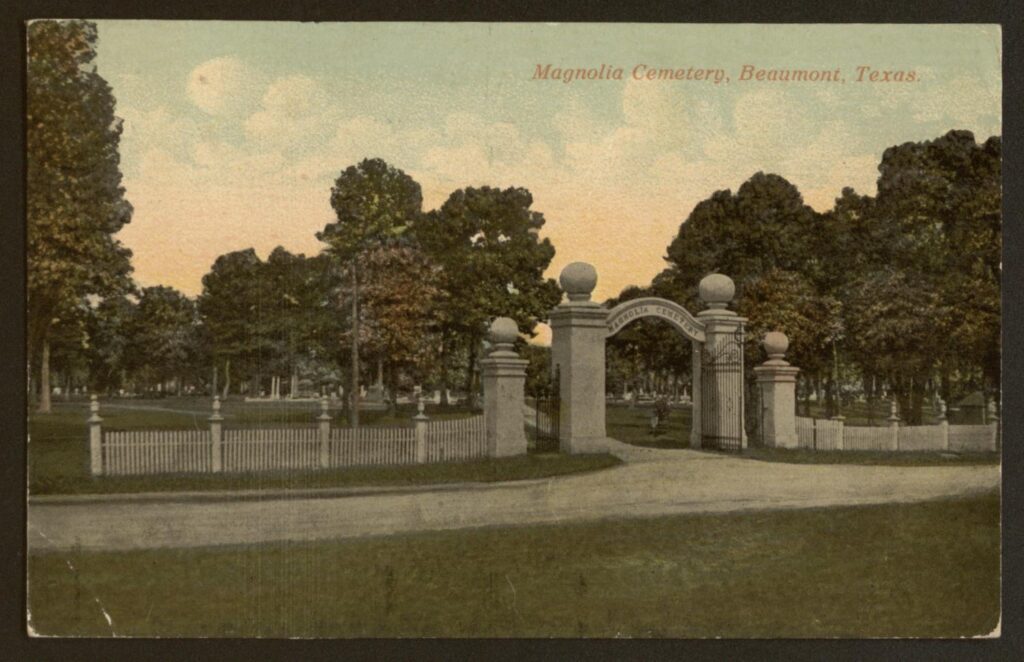
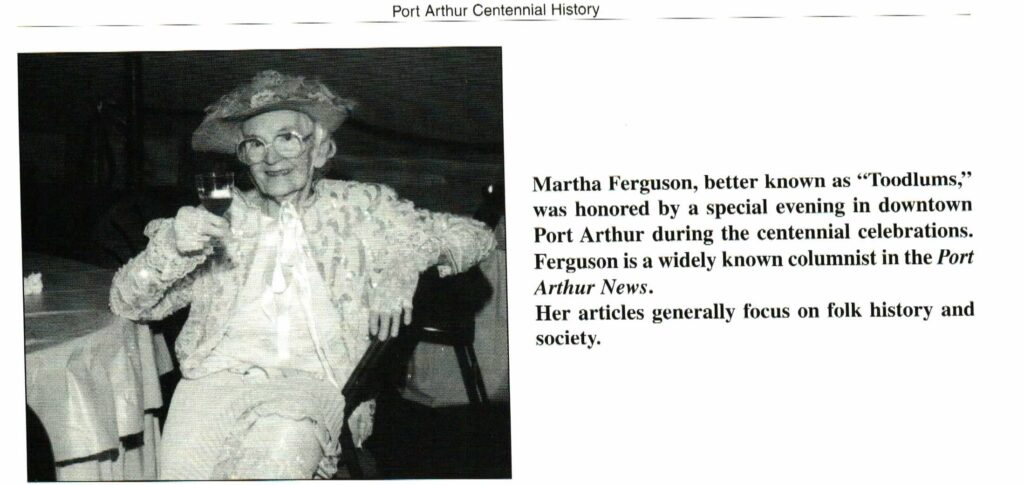

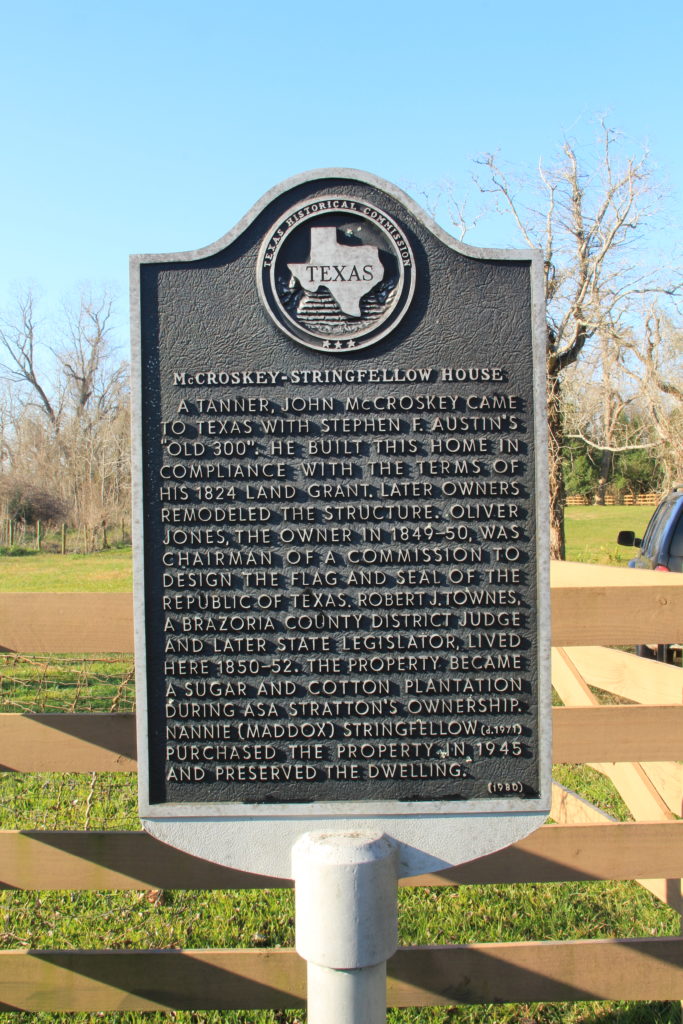
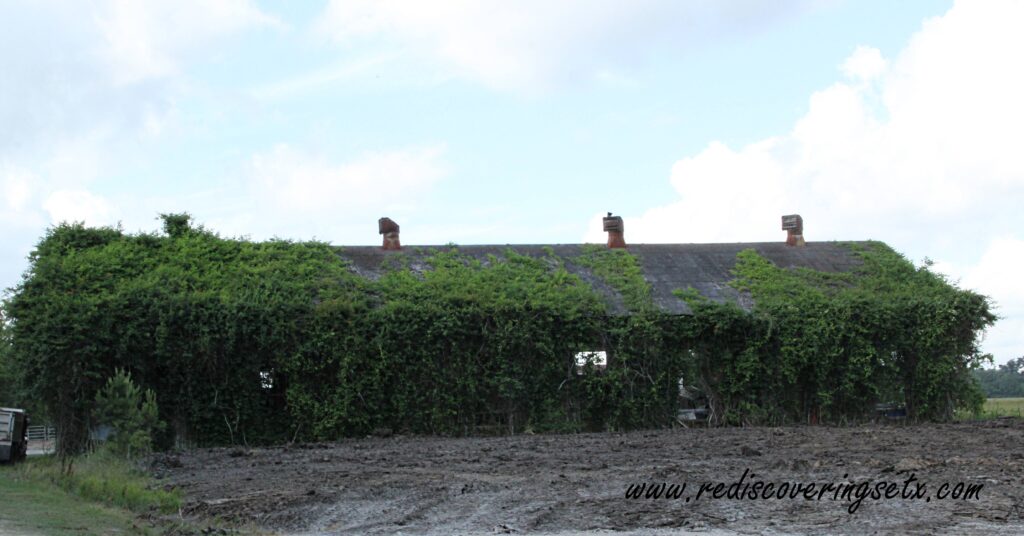

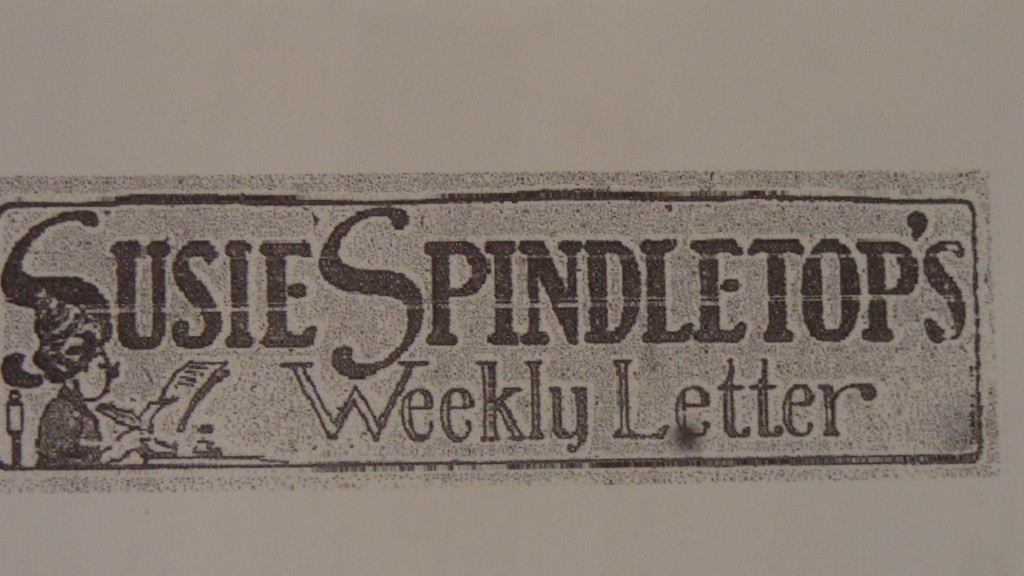
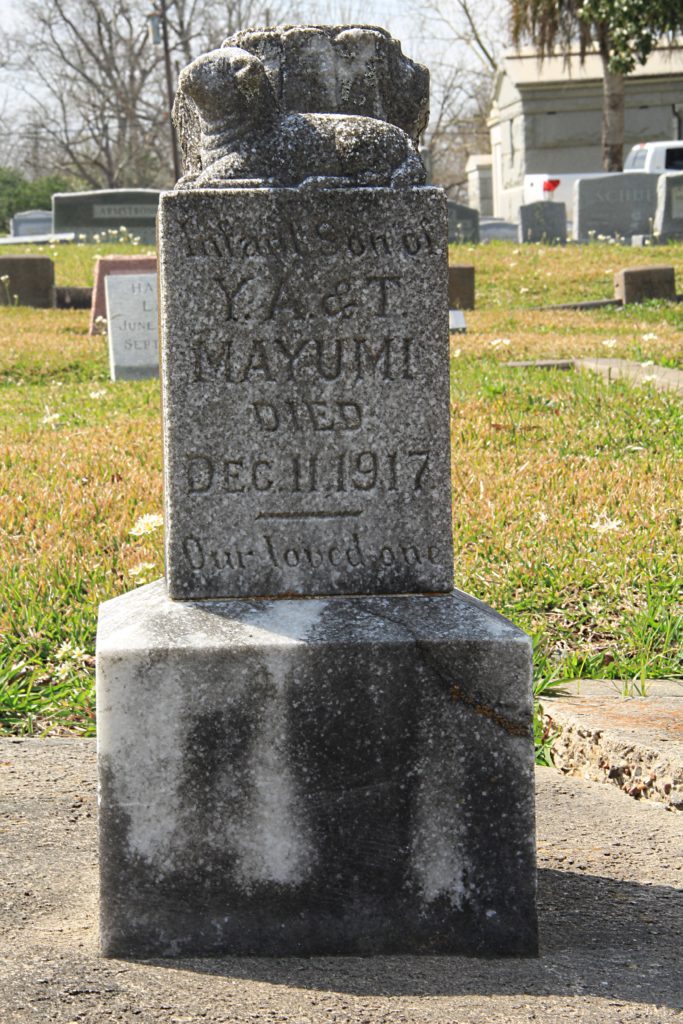
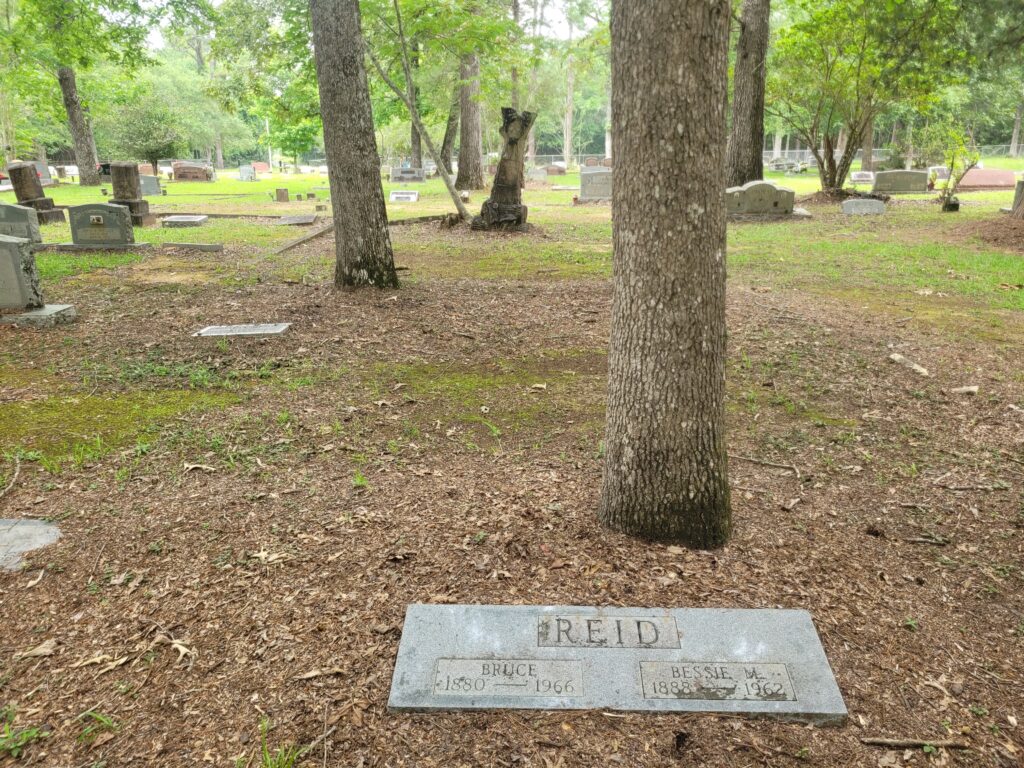
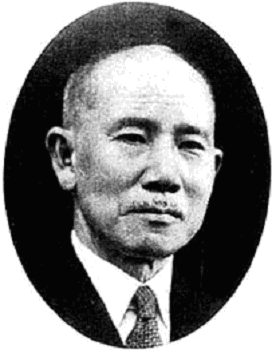
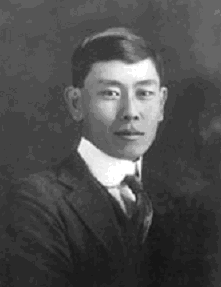
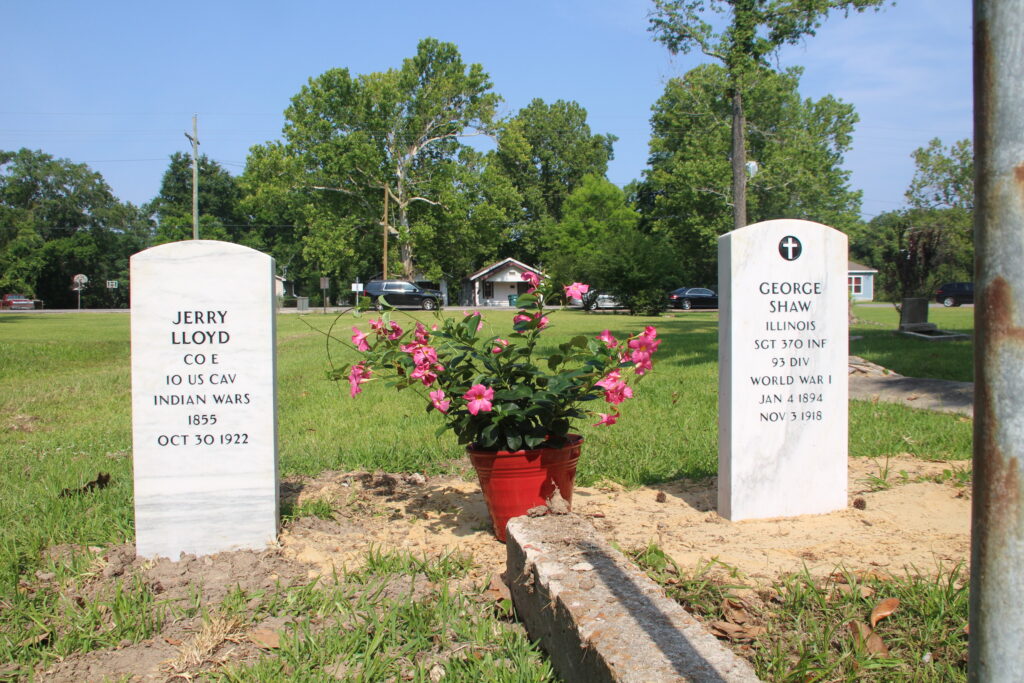
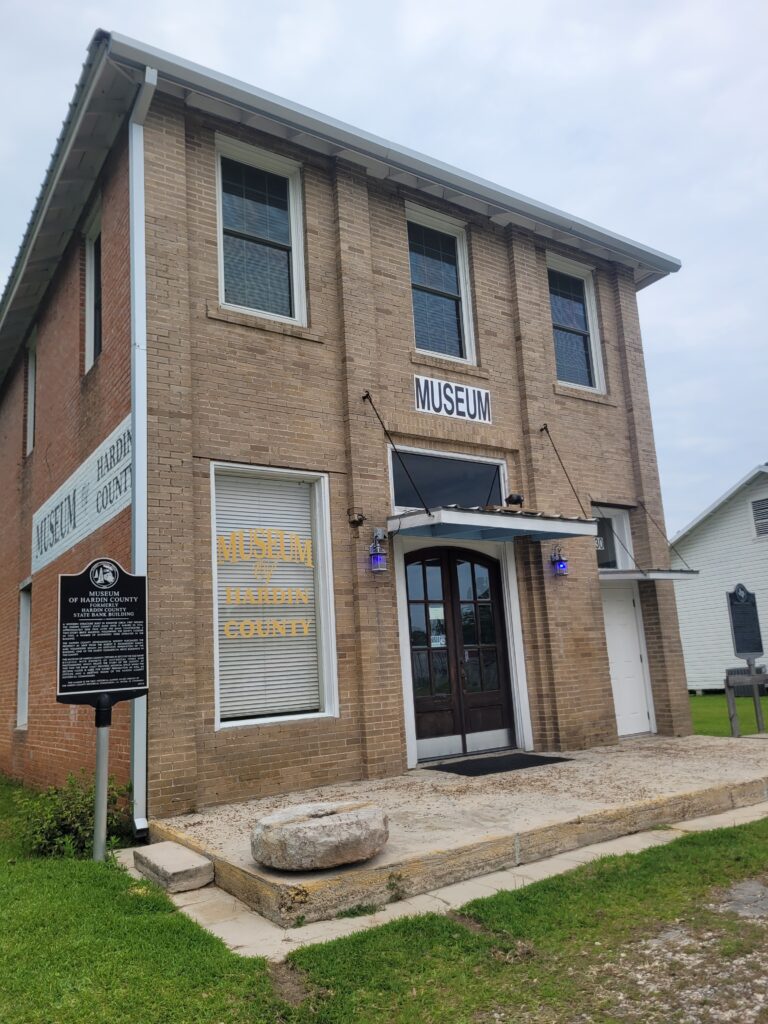
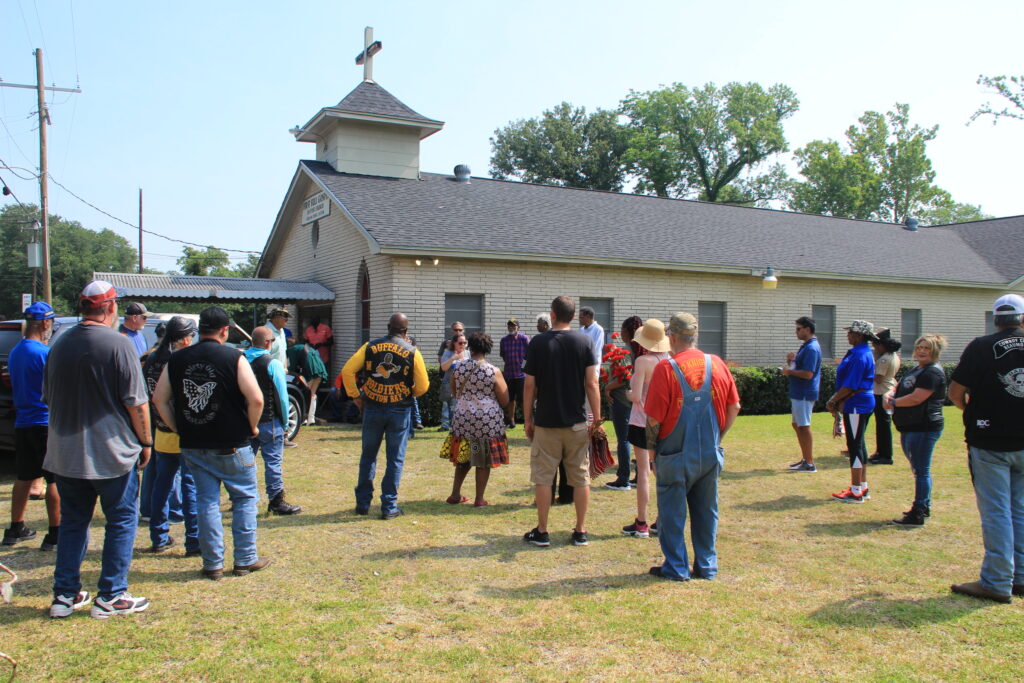


You must be logged in to post a comment.